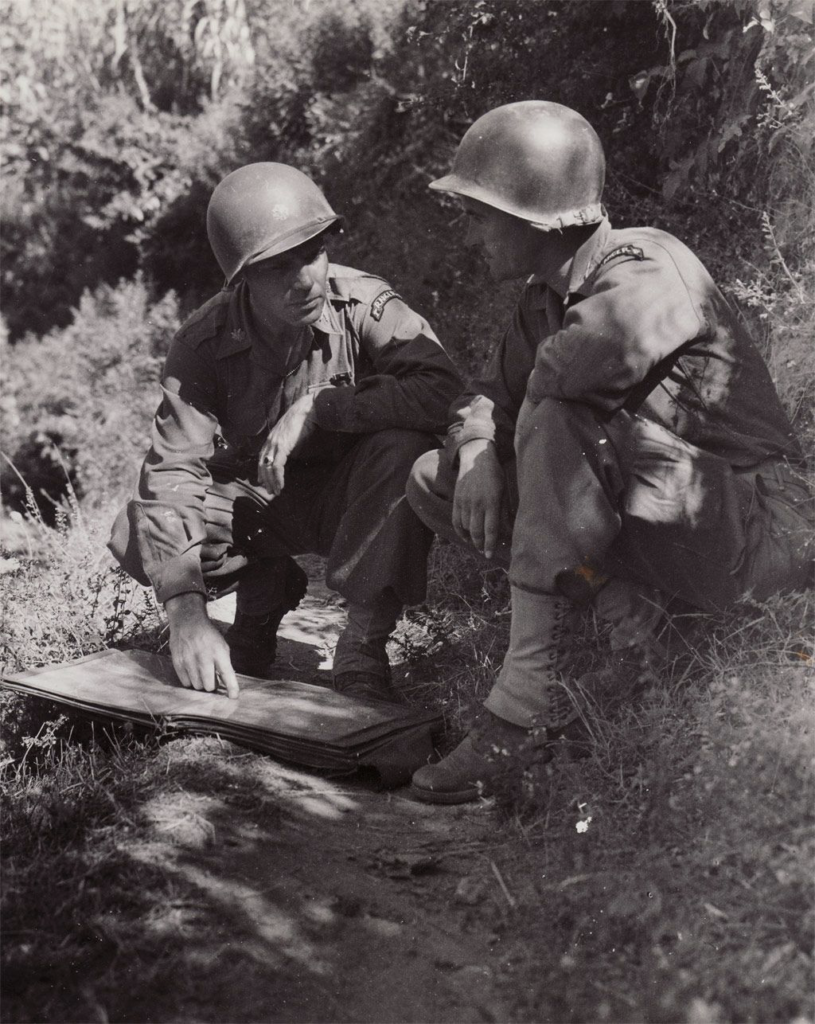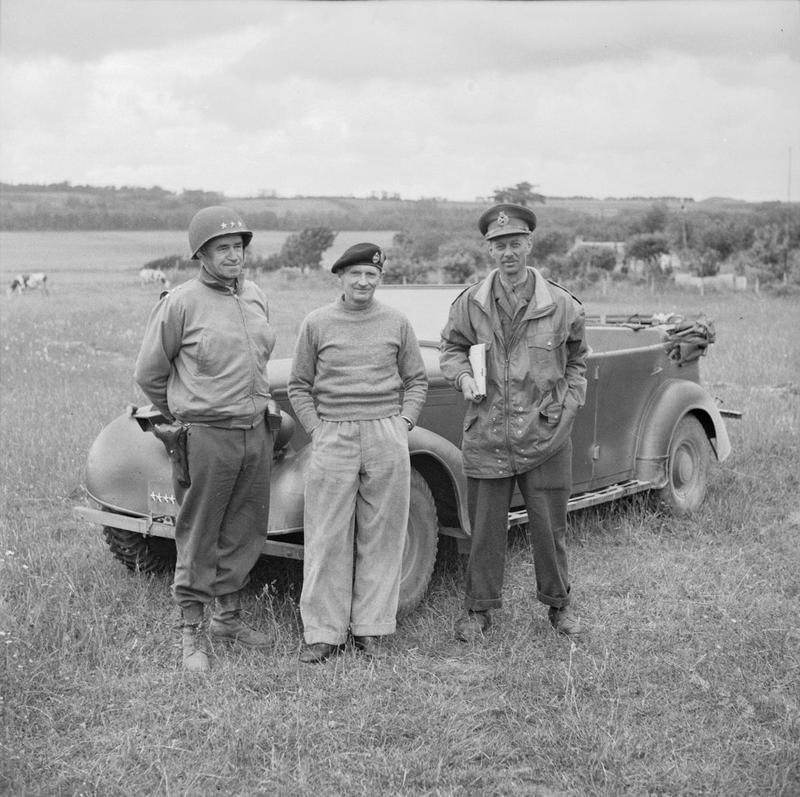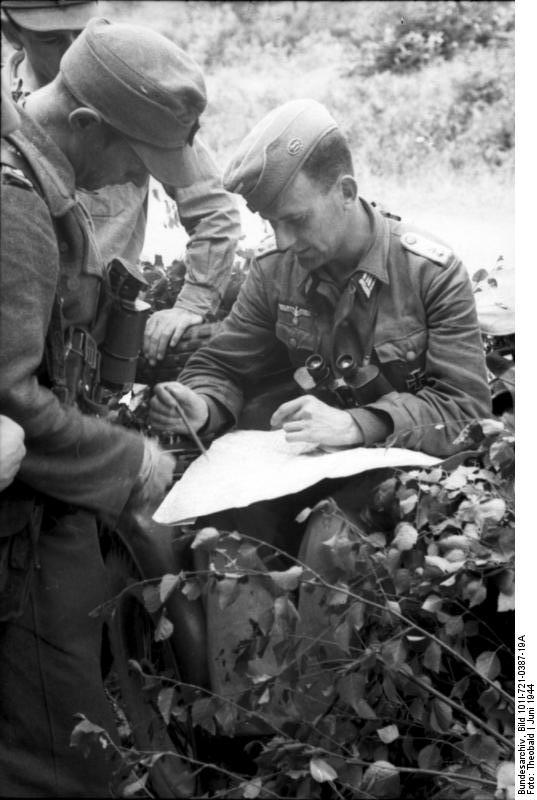The concept of adding the Operational Art to miniature wargaming was previously introduced. In the real world, a scenario playing out on a miniature battlefield would be impacted by the fighting taking place all around it. Therefore, to game in a realistic manner, events and other factors off the gaming table must be taken into the design and play of a historically-based scenario. Furthermore, a battle should be fought only when it advances the goals of a campaign that in turn serves a greater strategic purpose. (See the 14 March 2022 “Miniature Wargaming and the Operational Art” posting for definitions of the terms used in this article.)
Making the Wargame Part of a Campaign A campaign is a series of operations conducted over a long period of time and a large area fought to achieve the objectives of a high-level strategy and executed at the corps and higher levels. Although board games are better for suited to campaigns, I find the look and feel of miniatures far more appealing than moving cardboard pieces across hexagons.

However, there are at least three major challenges to making a wargame part of a campaign. One is that a campaign would need a much larger game table than most wargamers have, although a wargaming club might be able to handle this. Second, the opposing forces of several divisions and corps assets would need large number of stands and most likely a different basing representation of companies and battalions rather than the platoons or individual vehicles and squads most miniature gamers use. The third is that completing a campaign scenario using miniature figures would require considerably more time than most wargamers can dedicate.
Campaign Scenarios of Sequential Battles One way of making a wargame part of a campaign is to fight the campaign in a succession of separate battles, the results of which influence the situation at the start of the next battle. Frank Chadwick’s “Command Decision III,” published in 1997 and superseded in 2006 by “Command Decision: Test of Battle,” offers a practical example of how to do this based on Operation Battleaxe, set in North Africa (15-17 June 1941). Using a large scale map, 22 potential, equally sized battlefields centered on key road junctions, 6 to 12 miles/10-20 kilometers apart, are linked together by the road network. When opposing forces meet on one of these battlefields it is resolved in a miniature wargame. Campaign rules cover the relationship between operational and tactical turns; movement between battlefields and road traffic management; supplies; and replacements, reinforcements, and armored vehicle repairs. The use of a referee is also recommanded. It’s a relatively simple yet realistic way of fighting a campaign with minimal impacts on time, space, and learning new rules. Command Decision III’s “The Race for Tunis — A CDIII Mini Campaign,” although not relevant to the European Theater is similar in conept to the Operation Battleaxe campaign.
Hoplite Research Corps’ “Panzer Korps Campaigns” provides a system for transitioning an initial battle to follow-on battles comprising a campaign of various size and length with a variable enemy response based on an “Opponent Decision Quotient.” Corps and division commanders are given a mission that guides their operations. The game mechanics seem to focus on how to transition from battle to battle, but do not really expand the use of the operational art.
The Canadian Wargamers Group’s “Great Battles of World War II (Volume 1) The Canadians in Europe,” published in 1992, uses a similar approach with stands representing a company rather than a platoon. Its section on Northwest Europe includes a solo Juno Beach campaign spanning 6 to 8 June 1944 and a combined Operations Totalize I and II and Tractable campaign scenario.
Hans Johannsen’s “Forgotten Battles — Scenarios for WWII Spearhead Rules” published in 2003 includes a small campaign scenario using the “Spearhead” ruleset and three individual scenarios set during the Vosges Campaign: Game 1 — The Liberation of Bruyères; Game 2 — Rescuing the 141st; and Game 3 — On to La Houssière and St. Dié. Each scenario is one day in length, with time gaps of nearly two weeks between Games 1 and 2 and five days between Games 2 and 3. Unfortunately, the battlefield terrain diagrams are geomorphic Vosges terrain boards that do not provide realistic detail and connections.
Linking outcomes of sequential battles reinforces the point that battles should be fought for a reason and should not be isolated events. However, these rulesets fall short in addressing the operational art across the command levels of corps, division, and regiment.
The Intended Outcome Readers of this blog know that I am a solo miniature wargamer and use this hobby together with reading, map study, and battlefield visits for a synergistic means for learning more about the operations in the ETO in 1944-45.
I’ve always preferrred rulesets with 6mm platoon stands and a distance scale of 100 yards per inch. While I can add to the length of the wargame table, making it any wider than 6 feet is impractical as it’s impossible to reach more than 3 feet across the table. Attacking from one long side to the other would allow for, at most, two divisions, not quite a full corps — particularly when divisions on both sides in ETO often held fronts much wider than prescribed by their field manuals. Additionally, such an orientation would not allow for a particularly deep battlefield.
My goal was more historically realistic wargaming with the operations of division-sized forces being influenced by and, in turn, influencing decisions, plans, and force allocation at the corps level. This means that the commanders in my scenarios must think about the next echelon of command above them and the two echelons below them. The corps commander’s primary focus remains the operational level, while the division commander remains primarily focused on the tactical level, but with the addition of the essential and realistic connection between the operational and tactical levels.
The ideal campaign game ruleset for me would provide for the following:
* Greater inclusion of the Operational Art — The cognitive warfighting activities of commanders and staffs — based on their skill, knowledge, experience, creativity, and judgment — to sustain, support, sequence, and link tactics in a way to achieve an intended strategic effect.
* Greater emphasis on the operational interface at the corps and division levels of command and control.
* Campaign scenarios that allowed for the retention of the scale (6mm and 1” = 100 yards), figure basing and representation, and as much of the tactical play of my own ruleset as reasonable.
* Longer scenarios involving opposing reinforced divisions within the context of a corps campaign. This is important because miniature wargaming for me is not an end in itself, but rather part of synergistic study of operations. Given the considerable length of time spent on researching the history of battle, studying relevant maps, setting up a reasonable representation of the actual terrain on the gaming table, and developing the scenario, I wanted longer scenarios of at least 5 days and up to as much as 2 weeks of historical time. Completing four or five campaign scenarios over the course of a year was my gaming target.
* Operations that would fit on a gaming table of indefinite length but with no more than 6-foot width, and the ability to add 20- by 48-inch extensions (an area of 1.1 miles/1.8 kilometers by 2.7 miles/4.3 kilometers) when and where the battle “leaves” the battlefield. This extended battlefield also provides a bit more width as needed while still being able to reach across the table without straining.
The Historical Reality The masters of the Operational Level in WWII were most definitely not the Western Allies. Until 1943, that title belonged to the German army, which as far back as Frederick the Great, decided that the only way to defeat numerous and wealthier foes was to employ maneuver and shock at the operational level to quickly achieve a decisive victory leading to an advantageous negotiated end to the war. The German army was also highly proficient at the tactical level, more so than any of the Allied armies for much of the war. But the Germans failed at the strategic level because, as the war dragged on and they increasingly lacked the resources to exploit (and eventually even obtain) operational success, they had no Plan B to achieve victory.

Despite developing an advanced understanding of mechanized warfare during the interwar period, the Red Army was unprepared for other reasons to deal with the German onslaught in 1941. However, by early 1944 the Red Army had returned to its pre-war operational focus. Most importantly, by late 1943, the Soviet Union had the resources to sustain consecutive major operations and by late 1944 even multiple consecutive operations. The key to their operational success was the maintenance of a large, centrally controlled strategic reserve that could maintain their momentum, while the enduring challenge for the Red Army was logisitically maintaining that momentum. As the war progressed, the Germans faced increasing challenges due to both logistics and the lack of strategic reserves. The Western Allies also faced those challenges, plus the additional one of being part of a coalition with different military doctrines and political objectives.
To learn more, I highly recommend C.J. Dick’s From Victory to Stalemate: The Western Front, Summer 1944 and From Defeat to Victory: The Eastern Front Summer 1944, Volumes 1 and 2, respectively, in his “Decisive and Indecisive Military Operations” series. Robert Citino’s trilogy on the Wehrmacht is also a must read.
Features of Campaign/Operational Art Miniature Wargaming What follows is an introduction to the major elements of the Operational Art that I take into account in my miniature wargaming ruleset. I will expand on these in later blogs.
* The Scenario — This is a detailed document that I prepare to inform the senior commander of both sides during the development and conduct of their plans of operation. The scenario provides the operational input into the game and also defines the mission and objectives to determine the game’s victory conditions. It also provides a historical point of departure (situation, location, date and time, weather and ground conditions, road network assessments, obstacles to movement, orders of battle, a baseline intelligence estimate, etc.) from which commanders develop their implementing plans and make their own decisions that may or may not lead to the historical outcome. Developing a scenario always requires considerable research and map study, but results in a lengthy typed document of 8 to 10 pages that is the essential reference throughout the game.
* Levels of Command — The senior commander on both sides is the Corps Commander. Only a small part of the corps is involved in the scenario-specific battle, typically a reinforced division for each side. However, most of the decisions are made by the division commanders who develop their tactical plans in accordance with the corps’ operational plan.
* Forces — Historical orders of battle are used, which means that one side may have a numerical advantage or other advantage such as greater experience, better combined arms doctrine, the advantage of terrain, etc. In addition to providing the operational context for the division commanders’ mission, objectives, and resources, the corps commander also controls forces pooled at the corps level, allocating them to the division commanders (beyond those in the scenario). The division commanders fight the battle with their assigned forces, consistent with the corps commanders’ intent, and to enable his subordinates to win engagements within the context of the overall battle.
* Planning and Plans — Before the wargame begins, the division commanders must develop an initial operational plan that addresses the mission, intelligence estimate, ground and weather conditions, identification of key terrain, and task organization, objectives, and tasks. This plan must also include a commander’s intent to guide all subordinates in making their implementing plans. The initial plan and those of the subordinates may be modified or replaced during the course of the game in response to unexpected events, emerging opportunities, an updated intelligence assessment, and off-battlefield events. Typically, this baseline division plan is 2 to 3 pages long. Also part of this are fire support and engineer plans. Regimental plans are far less detailed. Plans at the battalion level are optional.
* Unit Boundaries— No ruleset that I know of addresses the importance of boundaries between military units. Without making play overly complicated, divisions, regiments, and battalions are assigned zones and sectors that may be modified during the course of the battle. Assembly Areas are identified and designated for specific units and Lines of Departure are delineated. Traffic management is addressed by requiring realistic road spacing between model vehicles and assigning road priorities to units for set time periods.
* Force Allocation — Strict accountability of subordinate units is maintained. Units may be attached, cross-attached, and detached only by orders, which requires the expenditure of command points. Effective times of these changes must be stated. Realistic time must be allowed for unit movement from the detaching to the receiving commander. Artillery units must be allocated to Direct Support, General Support, or special missions including Counter-Battery and Harassment and Interdiction and, if located off the wargaming table, their distance and a bearing from the spot on the battlefield must be noted.
* Intelligence — Commanders may only act on the basis of their own intelligence estimate and capabilities. Scenarios provide each side their initial historical intelligence assessment, which could be very limited or totally incorrect. Commanders may modifiy their intelligence assessments based on scouting, reconnaissance, observation, and engagements. The results of scouting and reconnaissance may be partial or incorrect.
* Combat Engineering — A wider range of combat engineering considerations come into play at the operational level. Allocation of the limited engineering capabilities at the corps level is critical to operational level maneuver. Planning and conducting assault crossings of waterways, attacks on fortified areas, and the emplacement and removal of battlefield obstacles all take on a relatively greater importance and require extensive and detailed planning.
* Logistics — Scenarios must provide some overall limit on the number of indirect artillery fire missions that may be performed over a set period of time. Similarly, scenarios must provide overall limits on combat engineering capabilities including bridging material and types, mines, and barbed wire. Unless otherwise noted by the scenario, these are the only supply limitations required. Units out of supply experience a gradual degradation in their ability to make direct and indirect fire attacks and, possibly, to move. Scenarios must also provide limits on pooled mechanical transportation availability and capability. Supply plays a bigger role in airborne assaults before the ground forces make contact.
The Battlefield/Off-Battlefield Interface Commanders must be cognizant of and responsive to events happening within 1 to 2 miles off the edges of the gaming table, which means having a detailed map as a handy reference throughout play. When setting up the battlefield, all roads and railway lines leading off the battlefield should note the name of the next town or significant terrain feature off the table.

* Terrain — High ground off, but within sighting distance of, the battlefield may provide the means for observation of terrain and events on the battlefield. The distance and line of sight from such ground should be noted in the scenario.
* Maneuver — Roads leading off the battlefield may be part of a Line of Communicatioin to a supply source, arrival points for reinforcements or enemy forces, and departure points for units that historically were withdrawn during the course of the battle. The off-the-battlefield road network may also provide opportunities for both sides to make flanking attacks.
* Indirect Fire — Enemy artillery off the battlefield may be capable of making indirect fire attacks onto the battlefield. The attacker will likely have much of their artillery off the battlefield, at least at the start of the scenario, while the defender may move artillery off the battlefield as he is pushed back.
* Direct Fire — In some cases, enemy manuever elements off the battlefield may be capable of making direct fire attacks on the exposed flank of an enemy advance. Advances on the battlefield may be limited by the slower advances by adjacent friendly forces off the battlefield.
Closing Thoughts What I have proposed is not “better” than the way most of us have wargamed in miniature. Rather it serves the additional purposes of studying military art, particularly the interface between the operational and tactical levels of war, and being better prepared for visits to the WWII battlefields of Western Europe. Later blogs will provide more detail on each of the elements introduced above, as well as others.
Thank you for reading this. I hope it will assist you in you in introducing more of the operational art into your battle and campaign scenarios.
I welcome your critique of this post, as well as any questions that you may have. I also look forward to learning what topics you would like this blog to address, as well as receiving the benefit of your study, miniature wargaming, and battlefield visits.